How to Put a Plane Down
Vic Tesolin weighs in on the never-ending debate about the 'proper' way to put your plane to rest.
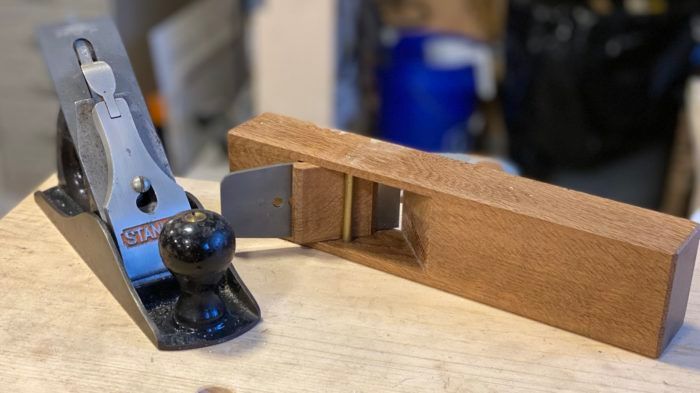
There are many myths within the world of woodworking, and I love putting them to the test to see if there is any truth to them. I’ve spent over a decade in front of people as a teacher or a hand-tool rep for Veritas, and a comment I always get has to do with how I treat my planes.
I’ve never really paid attention to how I put my planes down on the bench as I’m working. If I’m holding it normally then I just put it down on its sole. If I’m working with the plane tilted on its side, then on its side it goes. I’ve never dedicated a moment’s thought as to how I put the plane down.
Invariably, someone will “catch” me putting my plane down on its sole and make a public spectacle about educating me on my apparent faux pas. I’m going to call these people the Plane Placing Police (PPP). My favorite PPP are the ones that have the audacity to reach onto my bench and “correct” the position of the plane I was just using. However this chastisement happens, I always ask the PPP why they think the plane should be on its side. Most of the time I get something that sounds like “our shop teacher used to smack us for not putting the plane on it’s side.” My guess is that the smack had little to do with the plane placement, but I digress.
I’ve done a lot of looking into this and I can’t find a credible source to where this is from. There is precedent that suggests you should lay a wooden plane on its side, but I can’t find any reference as to why you should lay a metal plane on its side. Sadly, anyone who could tell us has been dead for a long while, so a lot of this is left up to individual interpretation. In the case of a wooden plane, the idea is that a sharp knock to the sole of a wooden plane could loosen the wedge, changing the set of the blade. To me, this rationale makes sense and that’s why I always park my wooden planes that don’t have adjusters on their side.
Many of the other reasons the PPP suggest always make me smile:
“You will dull the blade.”
A metal blade designed to cut wood? Nope. I’m not buying it.
“You could nick the blade on something metal on the bench.”
I’ve gotten accustomed to woodworking with my eyes open so I don’t do hazardous things like placing planes down on metal objects. In fact, I think my blade is much safer facedown on the bench than out in the open where I’m sure to hit the blade with another tool or worse, my knuckles.
I know…I’m being a bit snarky here but I feel it’s important that we look at some of this lore and apply a bit of critical thinking. Better yet, try some of these things for yourself and see what happens. I can assure you that putting your metal plane sole-down on the bench will not dull your blade. Remember, if you hear/read something that doesn’t pass the sniff test, then there is likely something a bit off about it….and stop touching my tools without asking first!
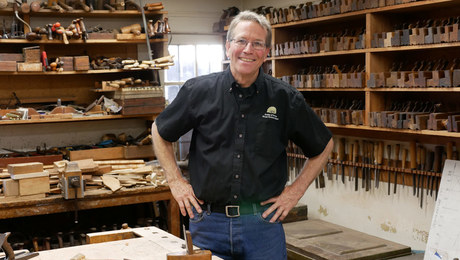 |
|
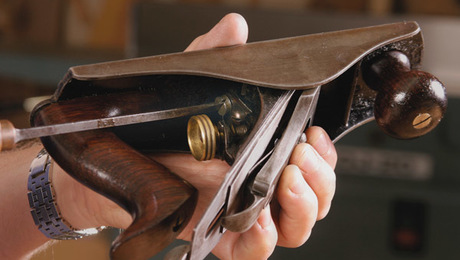 |
|
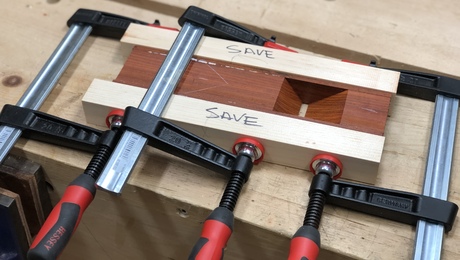 |
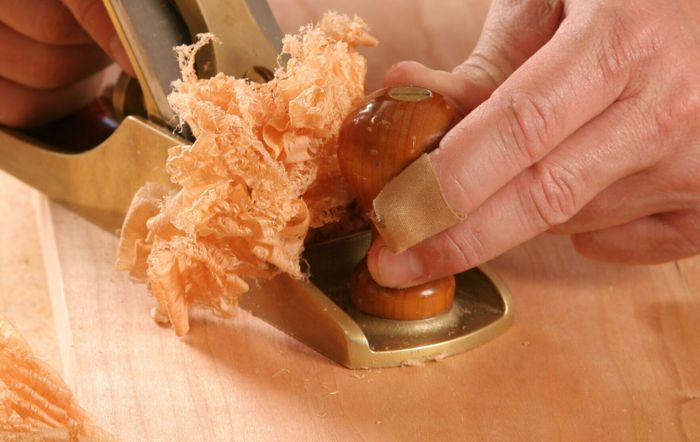

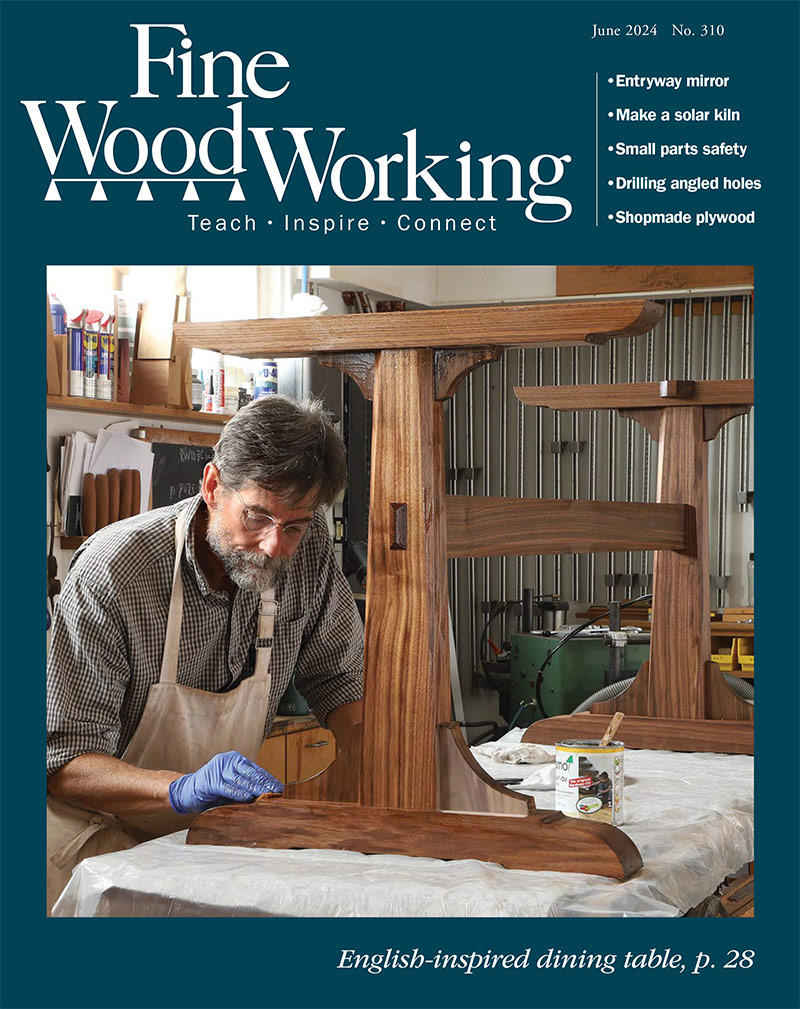
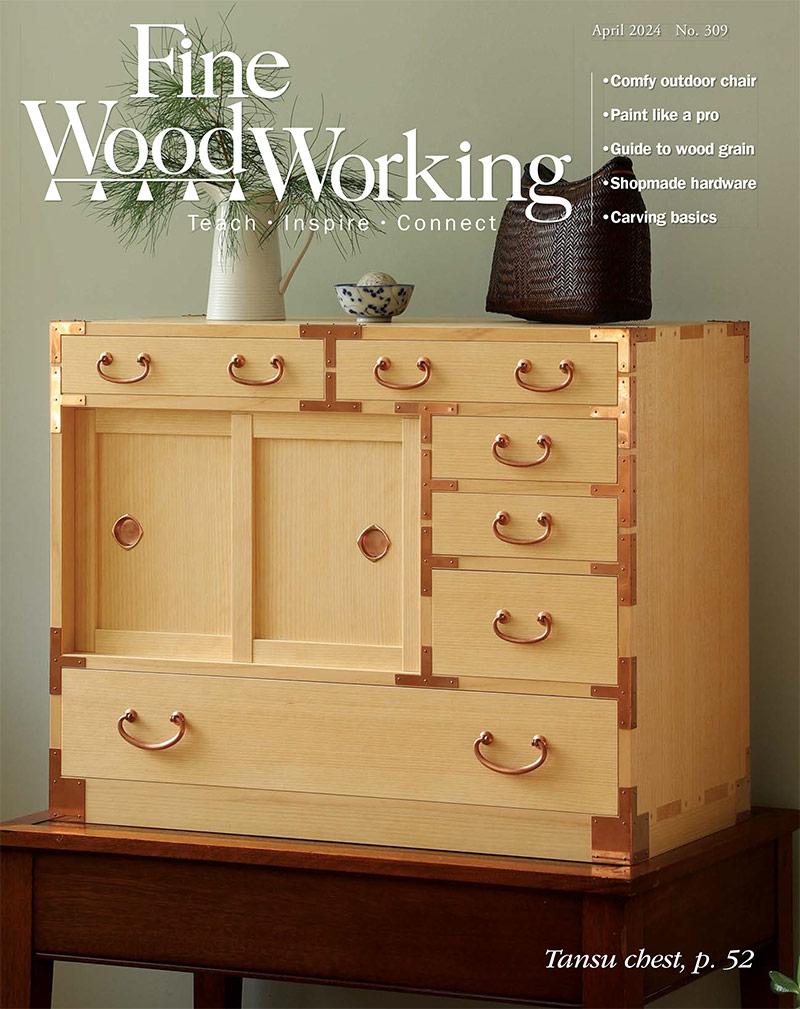
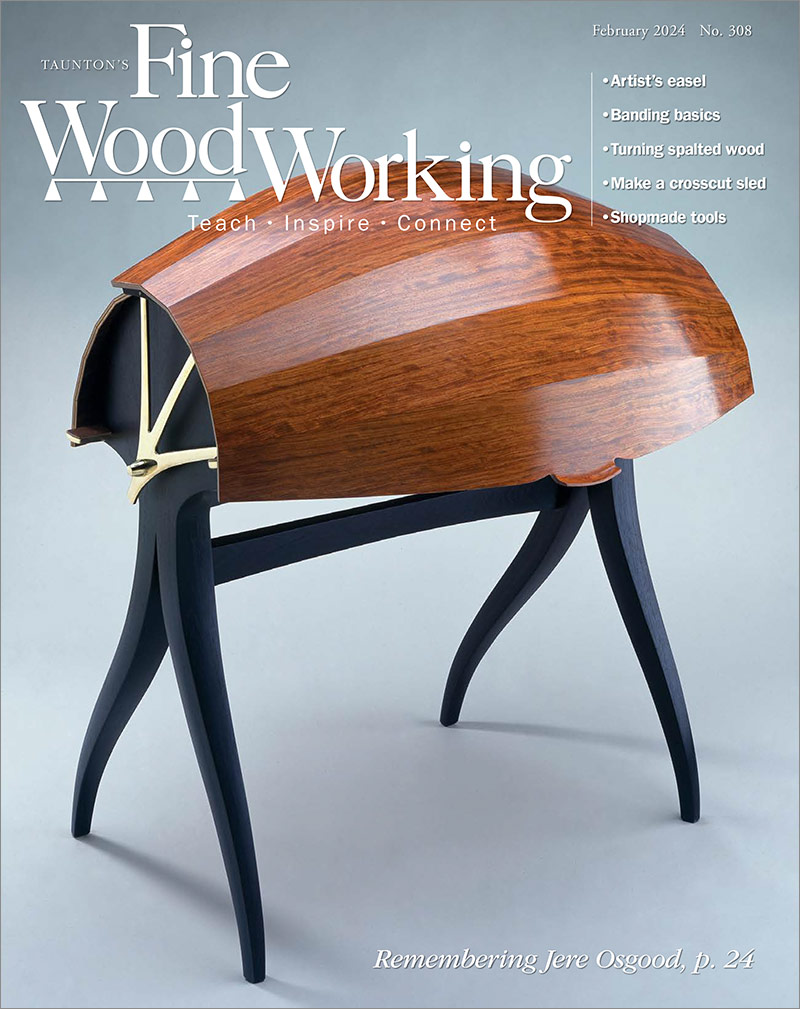
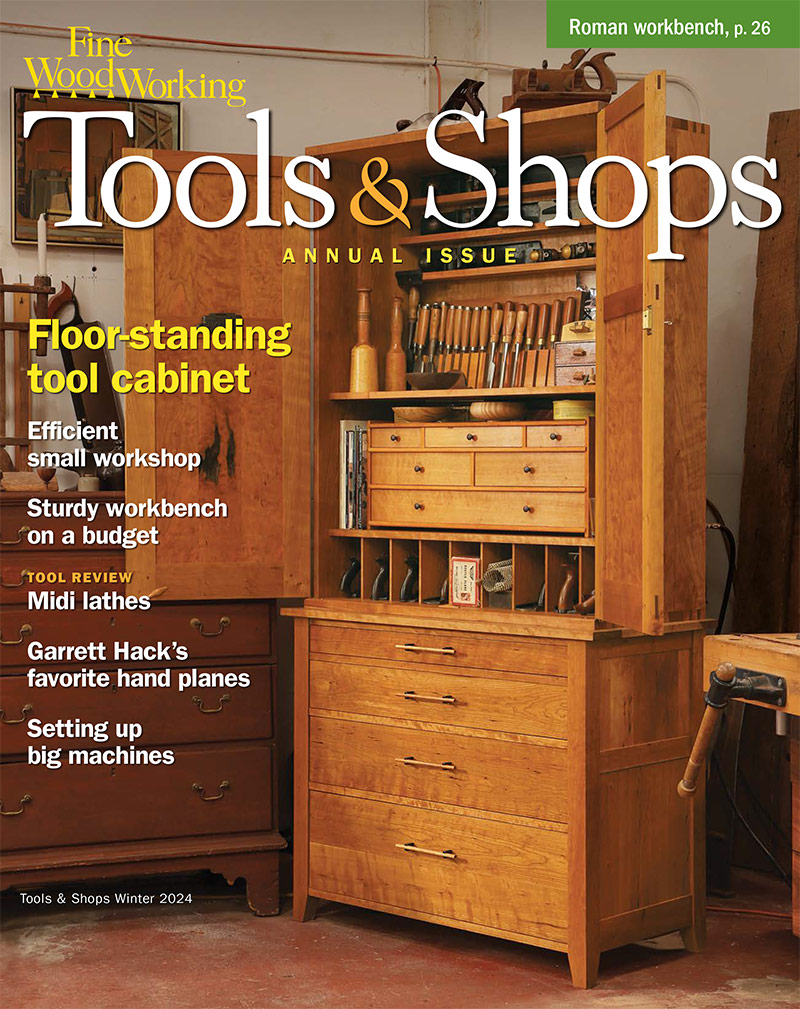
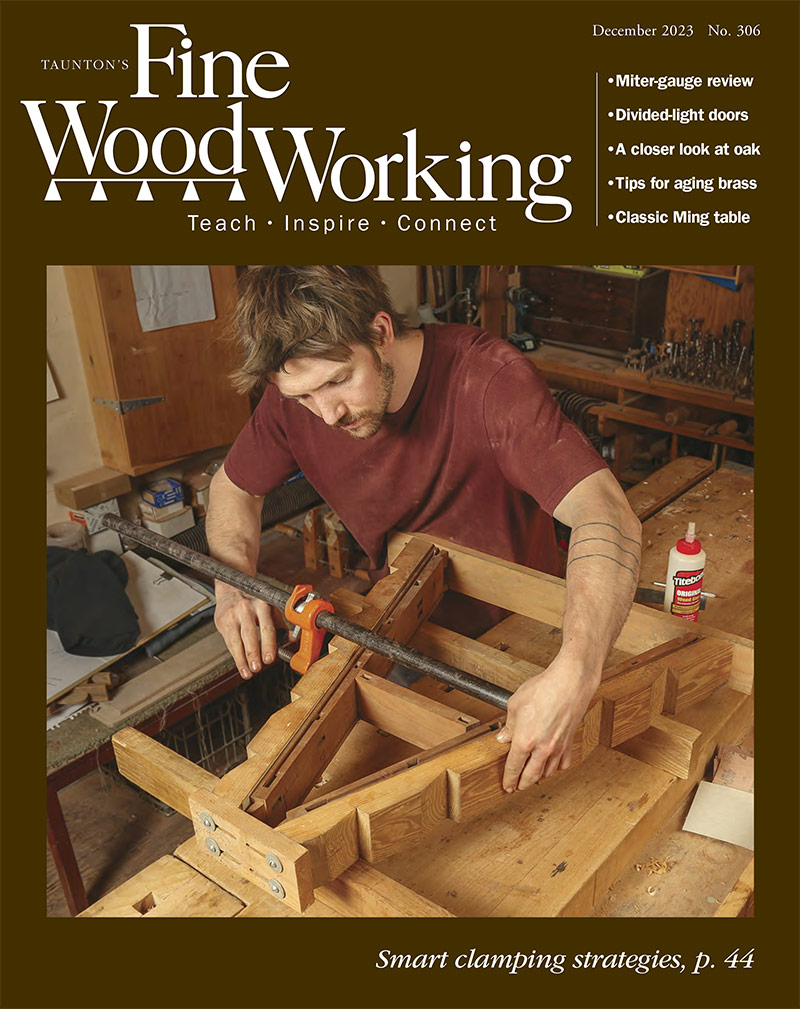
Comments
Nib.
There was a guy on Youtube, who did an experiment on this. It's been awhile, but I believe he placed it on the bench a hundred times and then took the paper test and it cut exactly the same as before he did the hundred "landings". Seems empirical. Didn't dull it at all. Or at least, so insignificantly that it didn't affect the paper cut.
Vic,
Fine words, but considering your audience on this site, methinks you're preaching to the choir.
The next time you are working the LV booth, I'll bet that you'll still get pulled over from the PPP.
I read an article on this subject years ago, I think it was from FW. I tried to find it but found over a thousand articles in my search. Life's too short to plow through all that.
Conclusion from the author - do what makes you happy. There's risk either way.
The risk is to the dogmatical scaffolding holding up the brain of the PPPP (plane placing polis person). These rickety structures and strictures are all that keep the PPPP from collapsing into a small heap of mental rubble!
However, the syndrome is useful to the rest of us, as it's a handy indicator of likely other ideological hard&fasts erected in the wetware of the PPPP, many of which can be dangerous to those crossing the path of the swivel-eyed loons as they look about for heretics and the unsaved.
*********
It would be interesting to make a list of other WW dogmas encountered here and there. ........ I have seen whole articles in WW magazines and on WW websites by one or two (or even three) "woodworking gurus" that would qualify them as variations of the PPP. :-)
And then there are the various WW cults, which can be identified by their various cult-badges, as well as by their inclination to be PPP. And the fan-boys of some brand of tooling or other. (A minor infection of PPP but likely to induce periodic emissions of bile agin' the other brands of tool for their imagined sins and evil practices).
Perhaps FWW should award a research grant to Mr Tesolin so that he might produce a thesis on the wider phenomenon? I would read it all, quite eagerly.
Lataxe
Spot on! The biggest hazard to a plane iron is another piece of metal, a concrete floor, etc. . If you can avoid that blade coming into contact with these materials, then it does not matter how you set your plane down -- if you do so with the reasonable care that any tool deserves..
Frankly, I have found that plane irons are better protected if one sets the plane with the sole flat on the bench. In this position, it is far less likely that they will be nicked by another tool.
Thanks for your most sensible comment.
I spent the first half of my life as a trim carpenter. The surfaces we worked on were often covered with nails, screws, mud, gravel, mortar, concrete and drywall mud to name a few so you needed to develop a habit of setting all cutting tools down so the edge wouldn't come in contact with any place that someone could stand to do their work.
A few years ago I was at a Lie-Nielsen tool event trying out a bevel up jack. When finished, I felt I should give their tools no less respect than I would give my own so I set it on it's side. That brought a laugh from the fellow next to me followed by "what's the matter, are you afraid that wood bench will damage the blade". I just smiled and said "no that's just the way I do it". When I was younger I'm sure I was smart enough to make sure all the nails, screws and the like were always kept cleaned off my bench but today I'm sure I'm not but it doesn't matter because my method works for me and always has. So if your method works for you "just do it" if not you might want to look at a change.
I taught hand tool woodworking to kids full time for 16 years. Just about any time one of those students saw one of the all metal block planes located at each student's workbench sitting on the bench top they seemed driven by some mystical force to push it along the table top...for at least a few inches and sometimes further. Sometimes a faint maniacal chuckle accompanied the act. Each time this happened, of course, the otherwise smooth surface got a new, totally unnecessary furrow.
So it was always the rule in my shop: when you aren't using the block plane set it on its side...unless you are putting it back in its holder in your tool shelf, blade opening down, where it happily spent most of its time anyway. For some equally mystical reason seeing a plane on its side did not summon the Push It Across The Bench Top Demons. This result clearly defies any real logic but in 33 years teaching pre-school through high school aged kids (as well as adults) in a variety of settings I learned to use whatever "rules" worked.
I personally first heard the "always lay planes on their side" mantra from Mr. O'Brien my seventh grade wood shop teacher. I seem to recall he invoked both the "it'll get dull faster/it might hit something made of metal" rationale by way of explanation...but maybe he was simply deterring bench furrowing too.
I must agree with Vic Tesolin. The worst offenses in this instance are A) the PPP feeling the need to intervene so instrusively in the first place and B) touching an instructor's--anyone's--tools without permission particularly in the middle of a presentation.
Wow. Reaching across to grab someone else's tool would come with a fast hand slap. Never touch a tool being used by someone without asking. Whenever I hear someone christened with the title "guru" of anything I ignore them. On the subject, I am a side and sole guy. When I am feeling clumsy I put the plane on its side because I find it easier to knock over on the sole. Otherwise, put it where you like. I do store my planes with the tail slightly elevated so the sole does not come in contact with the damp wood in my unheated shop in the winter. I have found that the rusting has been reduced when I started doing it.
Check out the directions with Rockler’s bench dog planes: https://go.rockler.com/tech/Hand-Planes-Manual.pdf.
Log in or create an account to post a comment.
Sign up Log in